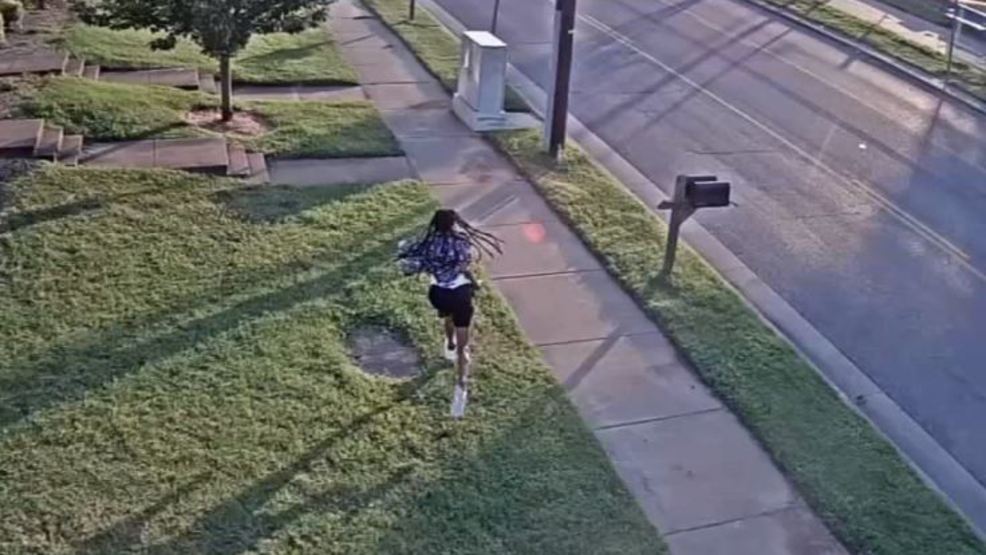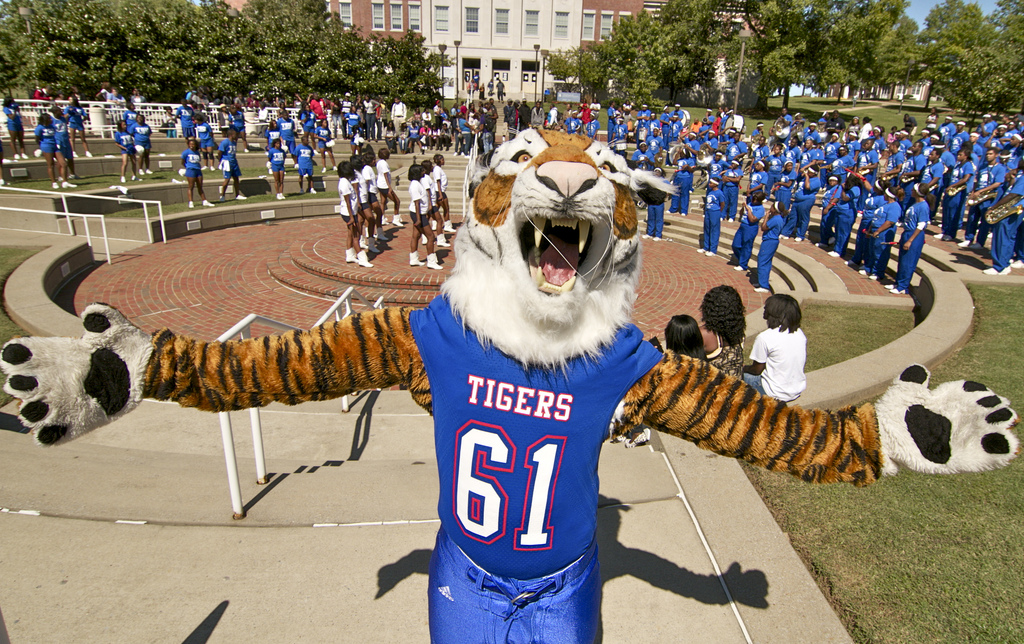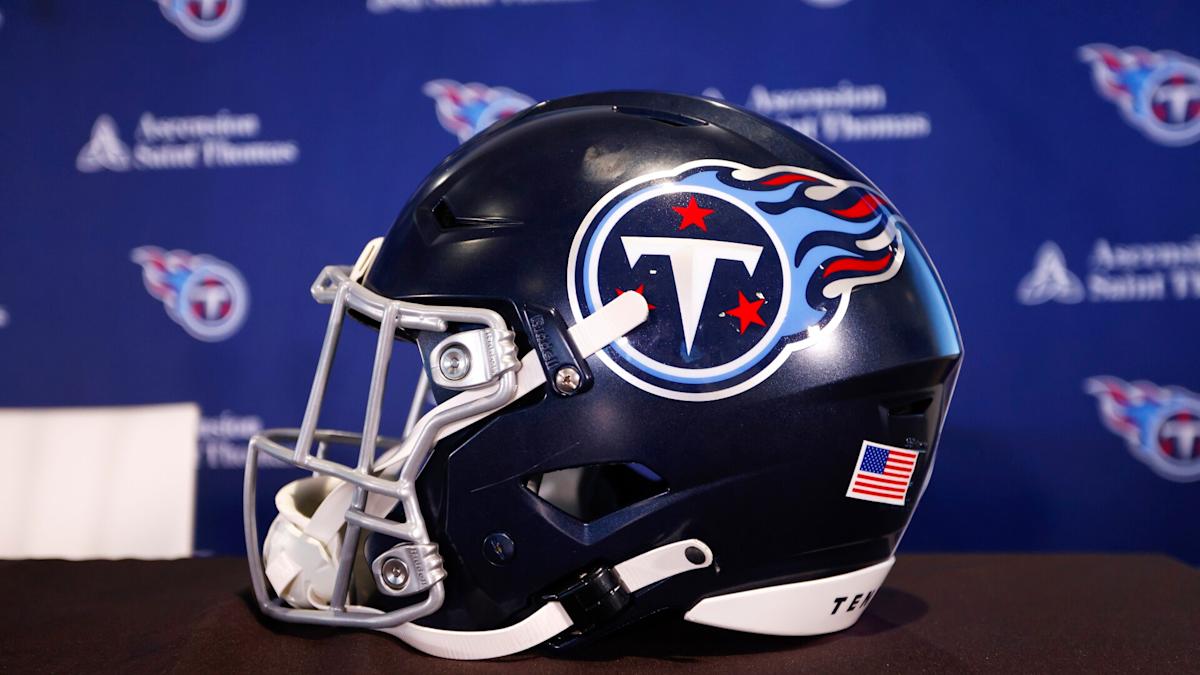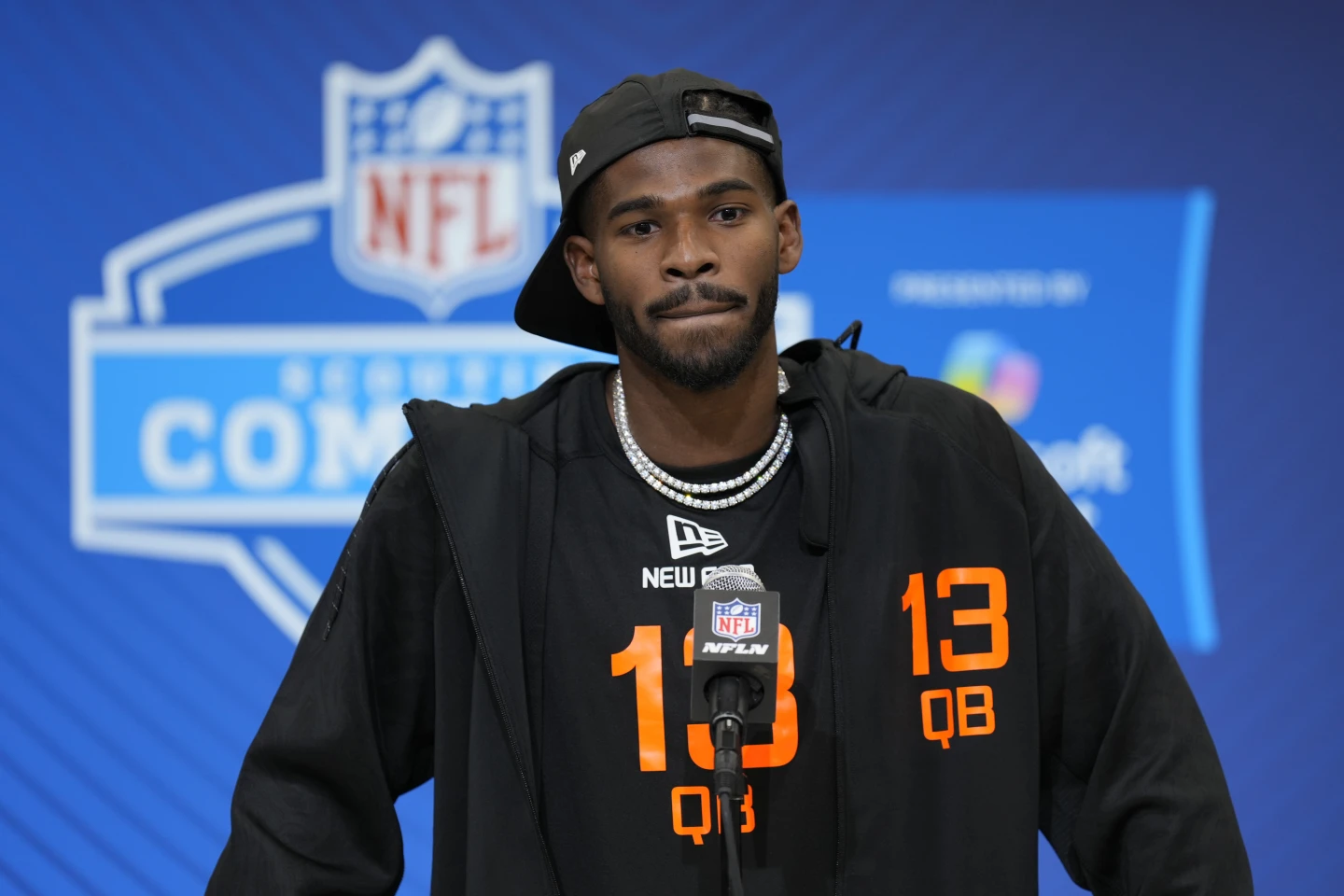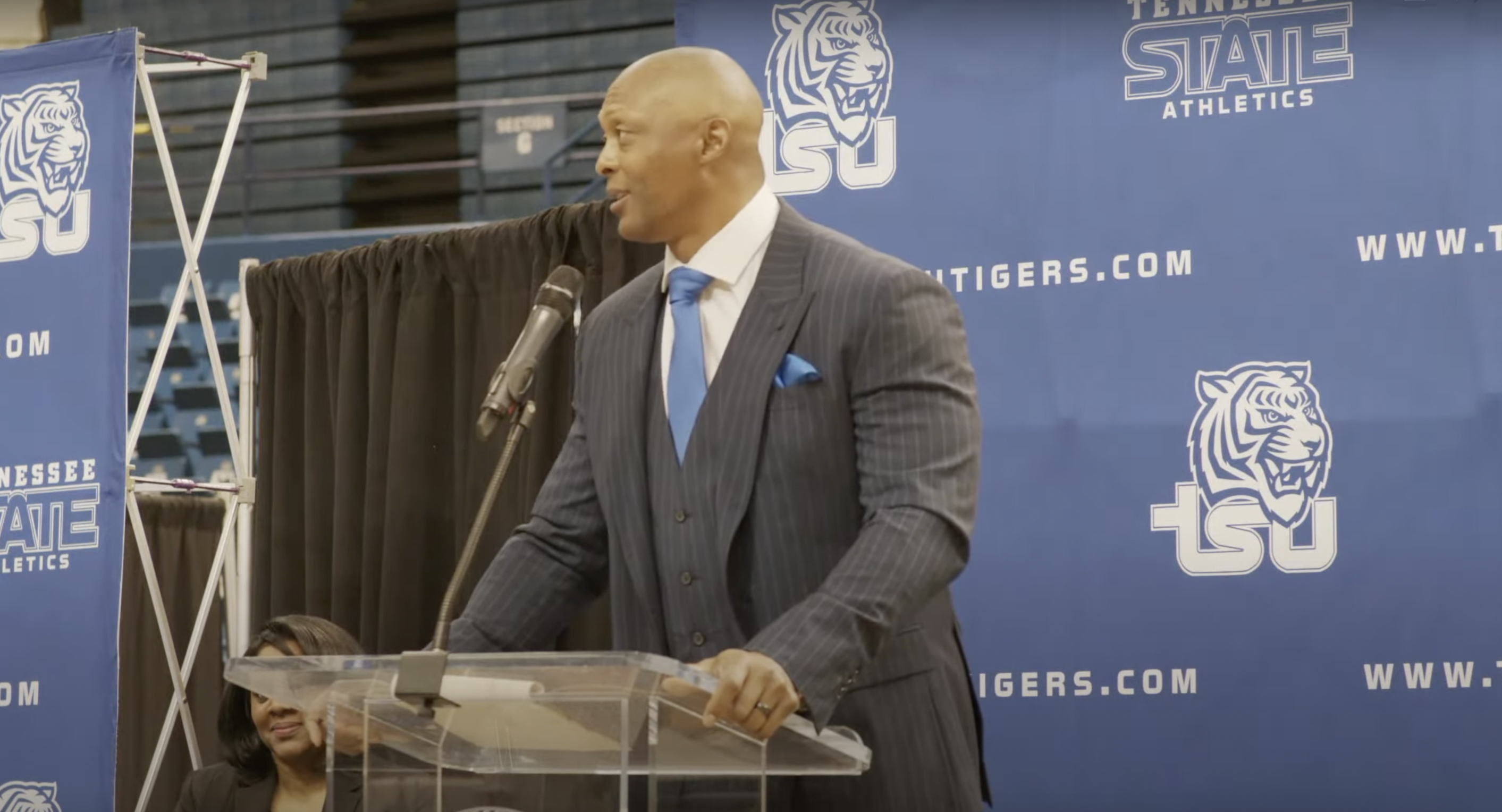By NIARA SAVAGE | Nashville Voice
Click almost any link about the shooting of Daniel Hambrick, and you’ll read the same tragic story. A black man, fleeing from police following a traffic stop, is shot three times in the back.
According to an article by The Tennessean, “At some point that evening (Andrew) Delke attempted to perform a traffic stop on a car Hambrick was driving.”
However, the problem with this claim is that the Hambrick family’s attorney, Joy Kimbrough, has stated that there was no traffic stop before the shooting occurred.
We now know that Delke was in the process of pursuing a traffic stop on a similar looking vehicle, when he misidentified the vehicle associated with Mr. Hambrick, like the one he had previously pursued.
The Tennessean has since published a more recent article which corrects this error. However, from the time that the shooting occurred in July, up until late September, The Tennessean reported information we now know to be untrue.
This isn’t necessarily the fault of media organizations themselves. After all, a journalist can only publish information based on the content of their sources.
Unfortunately, these initial reports are typically based on law enforcement’s version of events. The Nashville Scene’s article demonstrates how the ‘official story’ can change over time following a shooting.
According to the article, Josh Devine of the TBI initially stated that the first vehicle Delke pursued was “traveling in an erratic pattern.”
We now know that the vehicle simply yielded at a stop sign, although it had the right-of-way, an action that is a far cry from what most would consider to be erratic driving.
In addition, Devine also stated, on behalf of law enforcement of course, that the second vehicle, which is associated with Daniel Hambrick, was the same as the one from the initial stop. This is another detail we now know to be untrue, as Officer Delke misidentified the second vehicle to be the same as the first.
The takeaway from this ‘mix up’ is not be distrustful of the intentions of mainstream media, but rather to be aware of, and think critically about the conflict of interest law enforcement faces when tasked with providing the initial version of events to the public, following an officer-involved shooting.
Body cams would encourage transparency, by enabling both third-party investigators, and the public to gain an objective perspective of events following an officer-civilian conflict.
However, the Metro Police Department doesn’t seem eager to equip all of its officers with these useful devices: Even though funding for police body cams was approved over a year ago, there was nobody cam footage of the shooting of Mr. Hambrick
An alternative to body cams comes in the form of Amendment 1, which Nashvillians will have the opportunity to vote on this Tuesday — election day.
This amendment would lead to the implementation of a Community Oversight Board, an independent body that would act as a check on police by investigating civilian complaints against officers.
More transparent practices and policies would provide media outlets with the opportunity to present a more objective, and accurate order of events, right from the start.

